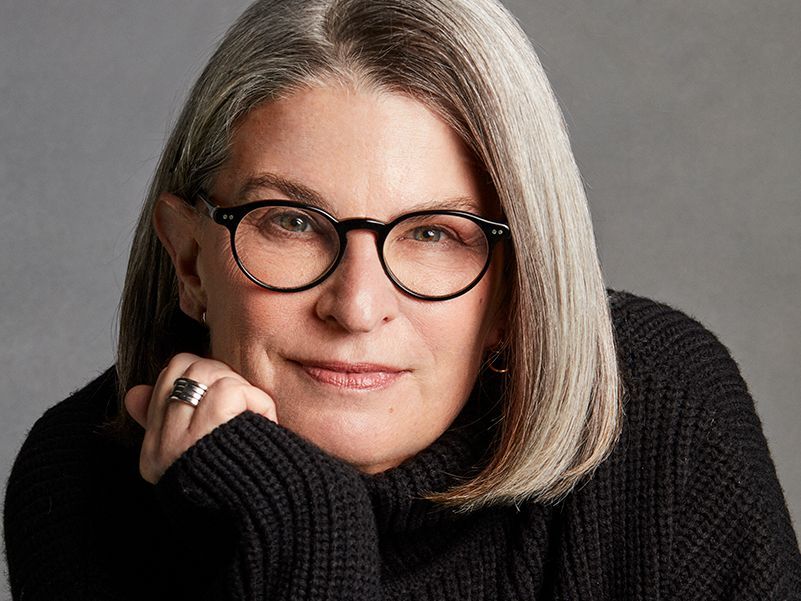Today I’m committed to slowing down and reminding myself that 30 only fools rush in. Apparently, I’m not the only one who has made 31 an unforced error caused by thoughtless speed. We see this mistake 32 through human history. Over four hundred years ago, in William Shakespeare’s immortal play Romeo and Juliet, Friar Laurence warns Romeo against recklessness, which ultimately proves fatal for the young lovers. He tells them to go “wisely and slow, they stumble that run fast.”
If you watch closely, almost every professional of any stripe will take a pause before the moment of truth. Pro golfers take a deep breath before they tee off. Concert pianists wait a beat and settle themselves before striking the keys.
I try, but it’s not easy to slow my roll. Once I went on a silent retreat at the Garrison Institute in upstate New York in search of answers to midcareer questions. Rather than ending quiet contemplation, I nearly lost my mind, so ill-equipped was I for calm and quietude. As you may recall in the first chapter, during my yoga practice intended to “clear my mind,” my brain was filled with thoughts of work. Sometimes I struggle to meditate even for a few minutes. Whenever I try to follow the yogi’s instruction to slow, deepen, and watch my breathing, I involuntarily hyperventilate. Can’t seem to help it. I feel as though I may suffocate. But I persist in the pursuit of a meaningful pause because I believe it’s essential for one’s health and as an effective communications tool.
Breakthrough communicators use the silence of a pause strategically. In speeches, silence is a powerful way to underscore a point just made. Take a moment to let the thought sink in with your audience. Let the quiet respect the certainty you have in the worthiness of your opinion. In more than one speech that I’ve drafted for an executive, I have injected humor. When I do, I insert the marker [pause for laughter] to remind the speaker to take a beat, let the audience hear and process the joke, and show confidence that the laughter will flow. Some anxious presenters will plow on and crush the moment.
Shifting perspective, beware of reporters’ use of silence. I’ve heard many journalists ask a question and then, after it’s answered, the reporter waits. What follows is a long, pregnant pause. It’s a game of chicken. Who can sit more comfortably in the silence? Even experienced people can find these silences disconcerting and awkward and fill the gap by prattling on, often giving away more information than they intended. A study by Harvard psychology researcher Adam M. Mastroianni found that most people don’t know how to end a conversation and have trouble finding a good place to stop. Two things happen in conversations, especially with a stranger, in this case, a reporter. The two parties don’t know what each other wants, and the two parties want different things from the conversation. Silence in the other party can encourage someone to keep going, and reporters don’t need a Harvard study to tell them that it works to get a subject to keep revealing themselves. Hold out. Stare back. Sit on your hands. Think about errands you have to run. Anything to keep you from continuing to yack past the answer you were asked to provide.
Avoid being a blurter. I learned this lesson early in my career— otherwise known as “discretion is the better part of valor” (an expression that holds profound truth). In my first job, when I was working for Senator Thomas Eagleton, I learned that he was planning to retire. This information was not to be made public; it was a personal decision that Senator Eagleton had a right to announce on his own timeline. But the information was burning within me. I was young and trying to impress people with my knowledge and (nonexistent) power. I told a friend, who, in what became a humiliating game of telephone, passed along the information. Ultimately the story broke in the media, and the singer pointed to me as the weak link in the chain of confidentiality.
My shame and the impact of my indiscretion hung in the air of the Senate once like a bad odor. If I had only paused to think, to calm the nervous energy that having a piece of proprietary information gives you, I would have known better than to open my mouth. I lost a great deal of credibility, and while Senator Eagleton forgave me, our relationship was never the same and I never enjoyed the same level of trust. So, remember that in speeches, interviews, and in any important exchange, you don’t have to fill the void with chatter. A pause is not a period. It’s a comma. A breath. A moment filled with so much opportunity to make the next right decision.
Be ready with some safe harbors. Even savvy former White House press secretary Jen Psaki was known to say she would have to “circle back on that one.” Of course, she did. No one knows the answer to every question. It’s a ridiculous expectation. The job is to answer what you know and find out what you don’t. And you must be religious about truly returning to the questioner with an answer in real time. My favorite safe harbor is to say, “That’s a really interesting question. Let me respect on it and get back to you.” At that point, I gather all my composure and stare straight back at my interrogator, saying not another word. Not one word. It takes practice and control—both learnable.



